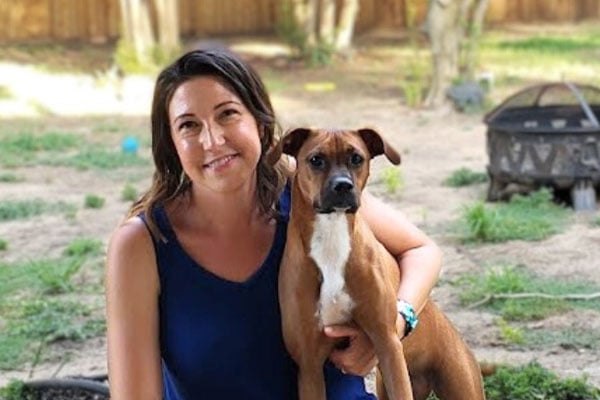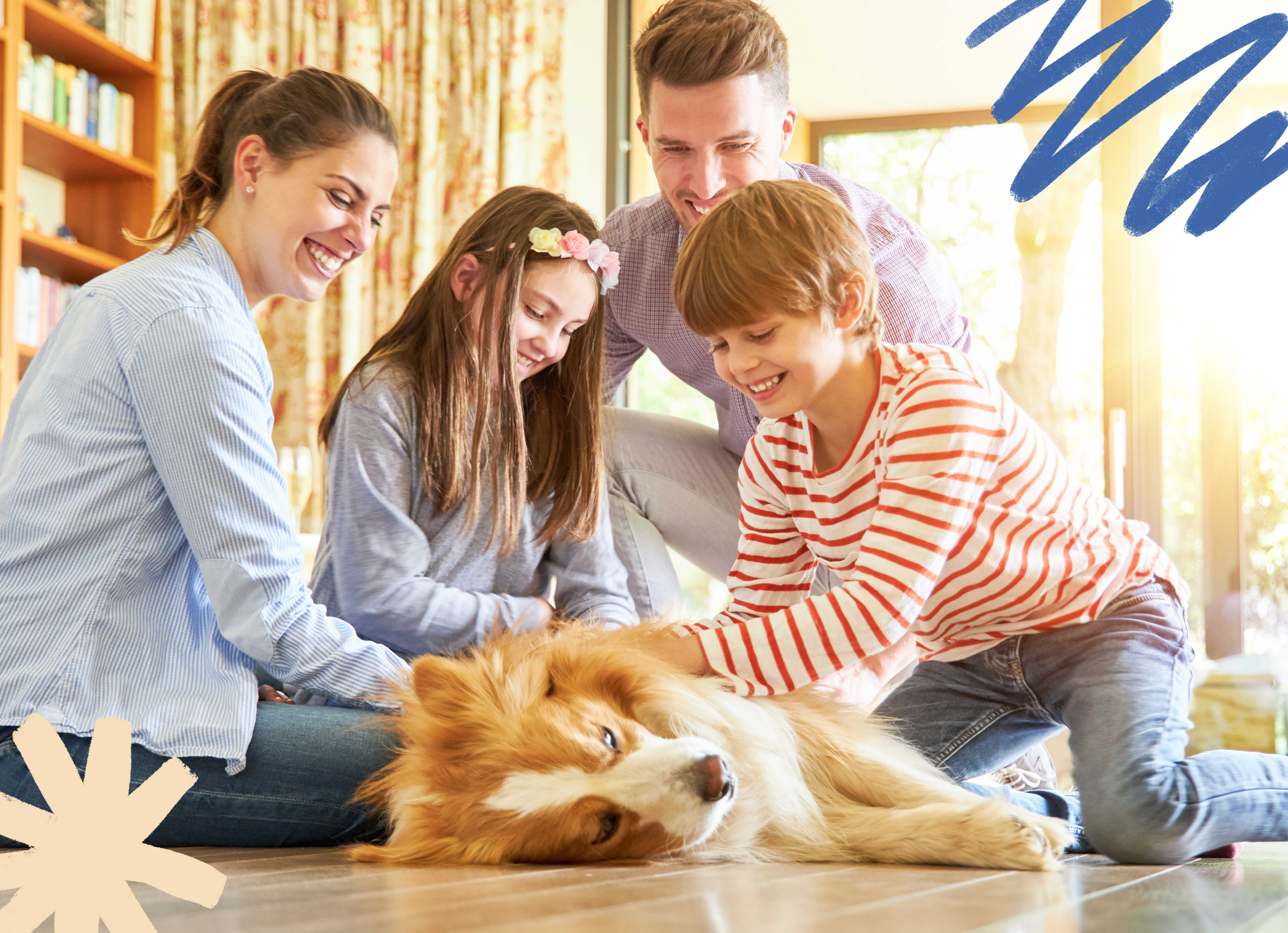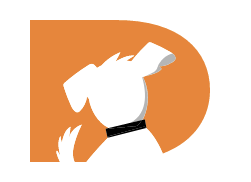3 min read
3 Basic Dog Training Principles All Children Should Know
 Lindsay Millican
:
Oct 6, 2020 3:32:39 PM
Lindsay Millican
:
Oct 6, 2020 3:32:39 PM

Many parents can be skeptical about getting a dog while their children are young – although this is often exactly what children want. Will the child get along with the dog? Will you ever be able to leave them alone together? Well, it turns out that children and dogs often go very well together – but it’s important to teach the children some basic training commands to ensure a happy outcome.
First, when you bring a new puppy into your home, you should let the children and the dog get comfortable with each other. The child should be involved in the dog’s life as soon as possible.
“Dogs need exercise, to be groomed and most importantly they need to be fed—these are all tasks that kids, especially younger kids, can get involved in!” says Sharon Elber – Professional Dog Trainer at Gentle Dog Trainers.
However, before you start with any other activities, the child needs to establish a relationship with the dog and know how to get the dog to respond to some basic commands. Today, we’ll talk about the three most important training principles that form the basis of a good relationship between a child and a dog.
1. Sit
Teaching a dog to sit is an easy way to begin training. This is not only a command that’s easy for a dog to learn and even for a child to teach a dog, but it’s also a great life skill.
Whenever a dog or puppy gets overly excited, the sit command can be an easy way to calm them down. If a dog is properly trained to sit, this can come in handy whenever you are around people, or before crossing the street for example.
Once a dog knows how to sit and that it will be followed by a reward, it’s an easy way to distract them from unwanted behaviors.
The easiest way to start teaching a dog how to sit is to catch them sitting down, say sit, and offer a treat. However, sitting can also be suggested to a dog by holding a treat close to his nose and then moving the treat slowly backward over the dog’s head. The dog will follow the treat with the nose and this will cause her or him to sit down.
Again, say sit and reward the dog. Do all of this with your child present and show them how to do the same movement with the treat. Practice together for a while and soon your dog will start to respond when asked to sit by a child.
2. Come
Recall – or teaching a dog to "come" – is one of the most important principles your dog (and child) should understand. It is also a behavior that needs some getting used to. Luckily, it’s easy to start teaching a puppy to come when called together with your child.
Stand in the same place as your child and call the dog to come. Have the child drop a treat at their feet and praise the dog if he responds. It’s a good idea to teach the child to gently grab the dog’s collar when they approach.
We often call our dogs when we want to attach the leash or bring them somewhere, so it’s a good idea to start by grabbing the collar. This way, the dog will also get used to such behavior from the child. It’s best to start training recall indoors where there are fewer distractions.
3. On Your Bed
When dogs and children are members of the same household, the “on your bed” command can be very useful. Dogs like lying around their beds anyway, and teaching your dog to “go to bed,” “go in his place” or something similar is an easy way to send your dog on standby.
If a child knows this command, it will allow them to get a rest from the dog if the pooch is too eager to play and gets overly annoying. In any case, it’s an easy way for both the child and the dog to get a time-out.
The best way to ensure the puppy will respond to your child is to have the child around when teaching the dog the “on your bed” command. To start, you’ll need, again, to catch (or lure) your dog lying down in the bed.
Reward this behavior with treats, then try to repeat as often as possible. Once the dog understands the desired behavior – add a name to it, such as “on your bed,” “place” or “pad.” Choose a word, stay consistent, and make sure your child knows this too. Keep rewarding positive behavior and before you know it, your puppy will go to bed whenever asked by you or your child.
Final Thoughts
Dogs and children can both benefit from each other’s company. Establishing a relationship and taking care of a pet can teach a child patience and responsibility, and both the child and the dog can enjoy and benefit from playtime together. However, it is important to teach your child the meaning of positive reinforcement and the basics of dog training. This gives the child a degree of control over the situation and allows both the child and the dog to stay happy!
Treat your dog for a training well-done by enjoying some DOGTV together.
Guest post by Mathew Coulton, Founder, Wiley Pup.
